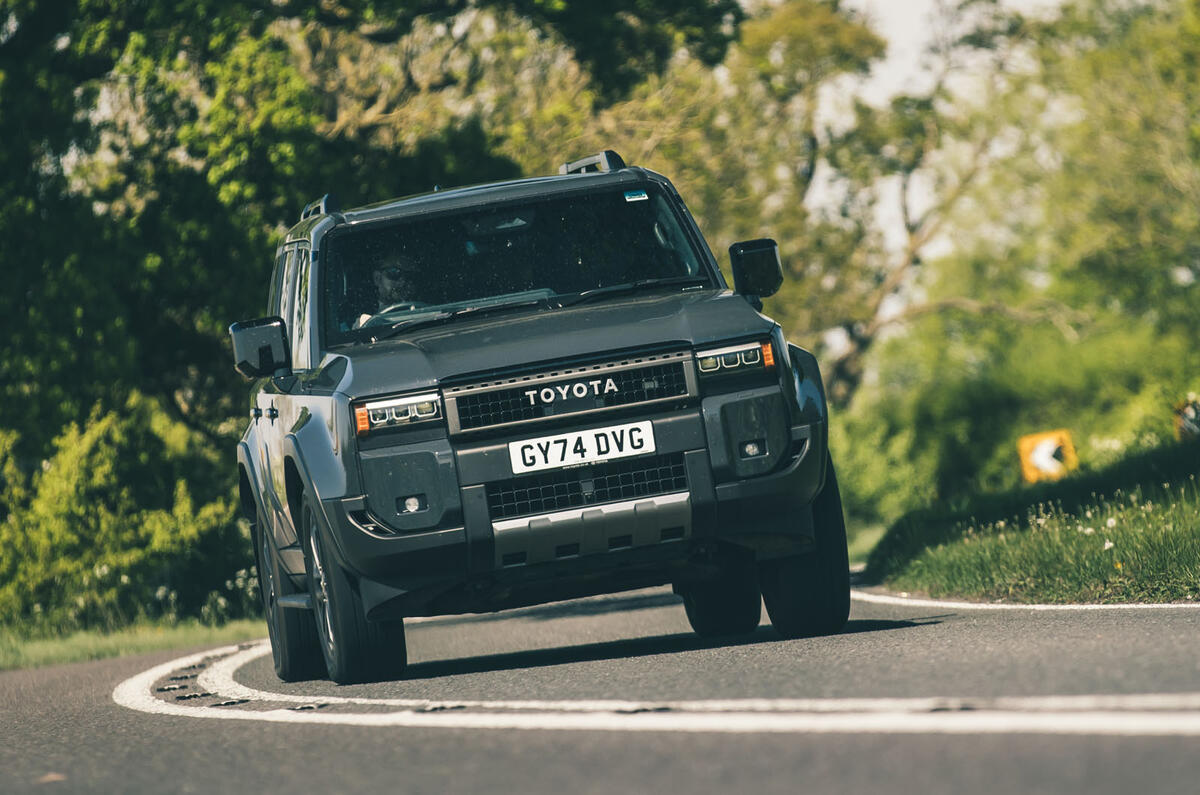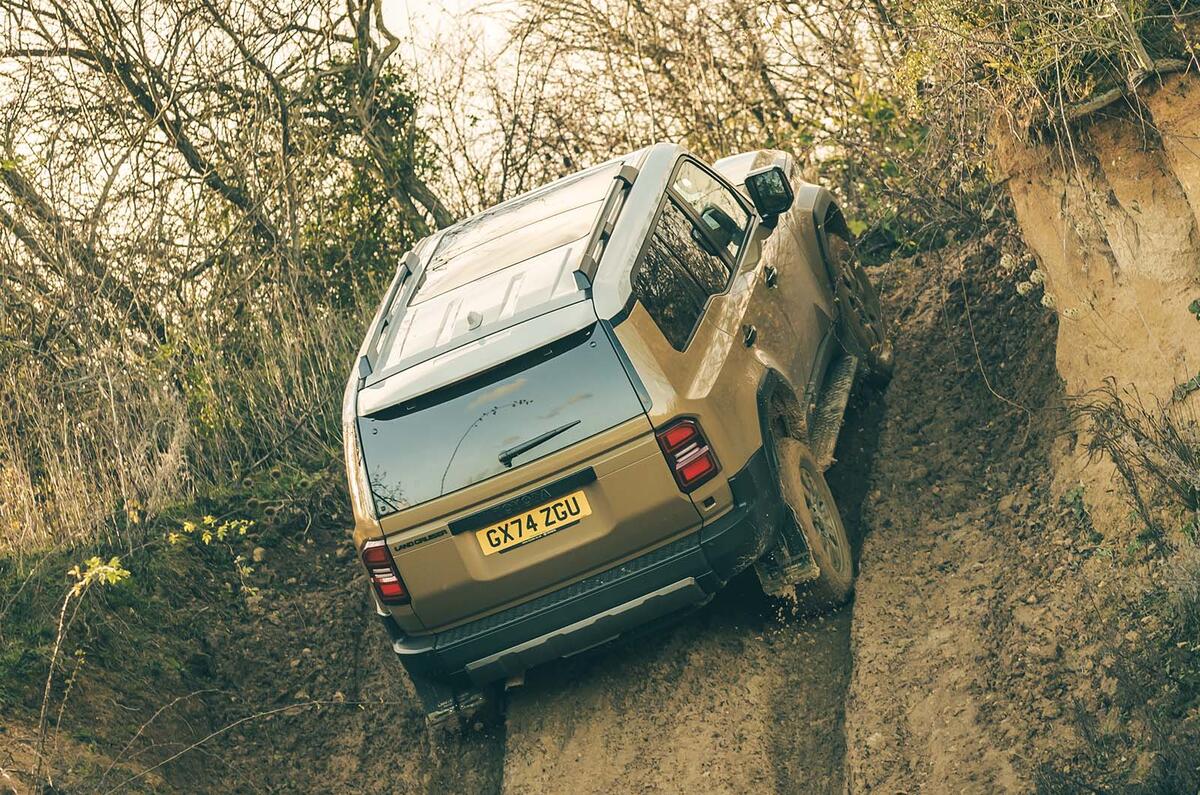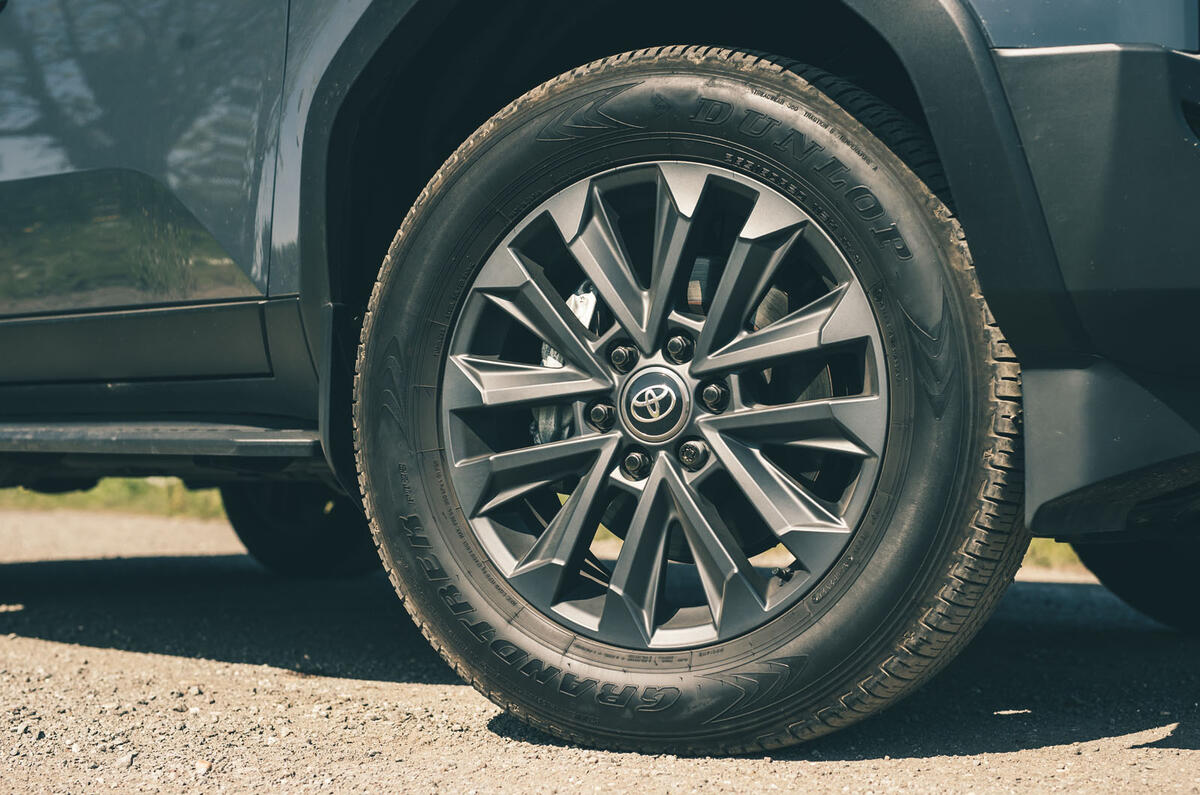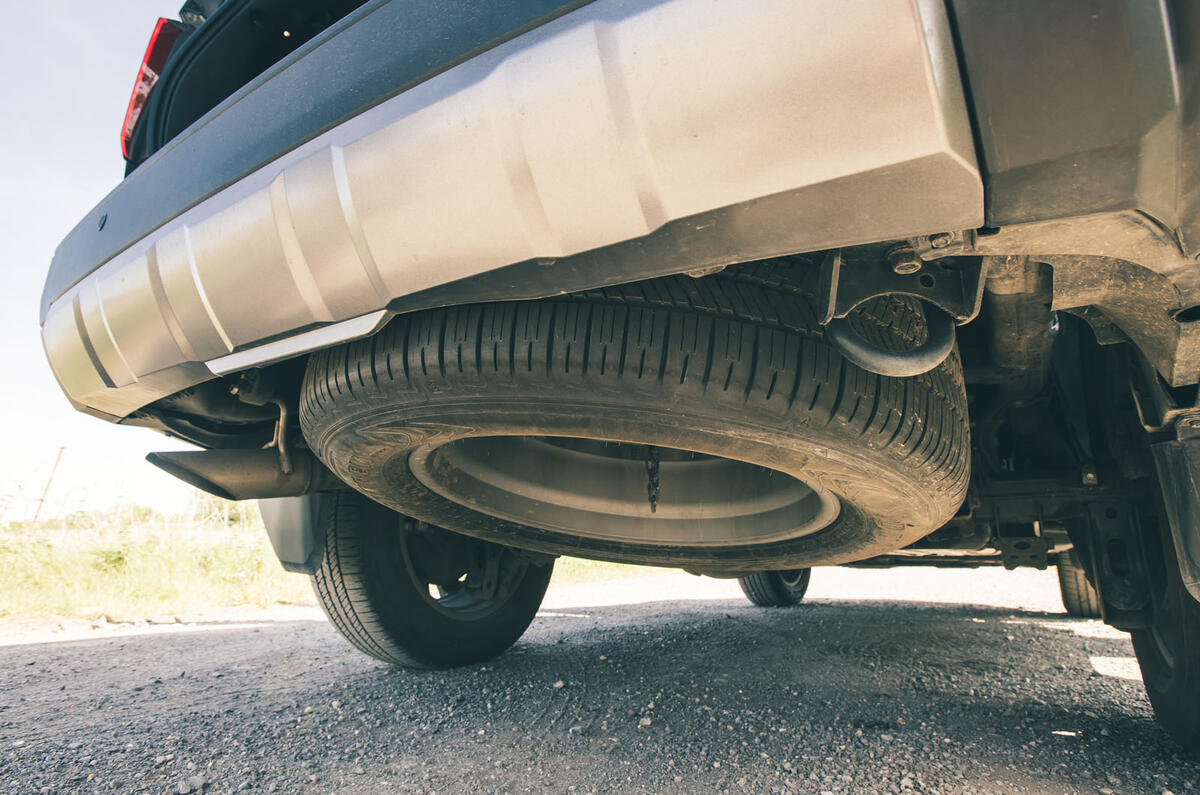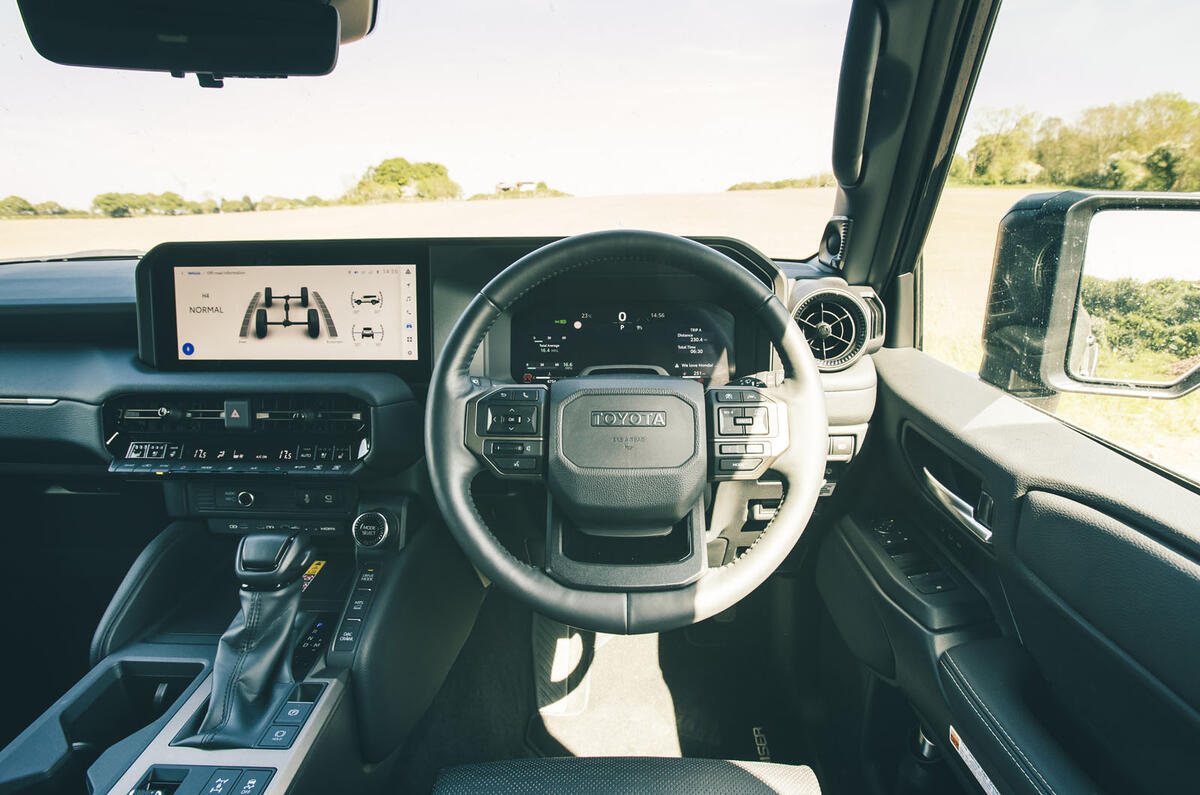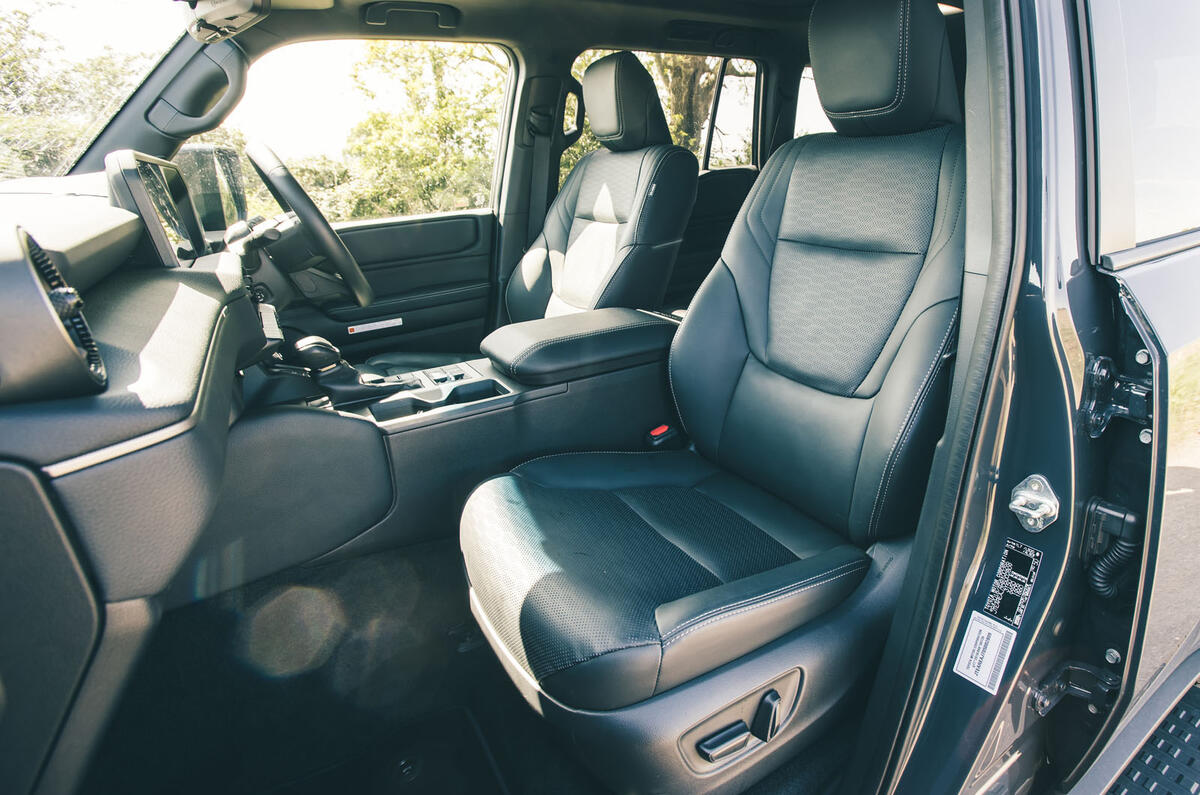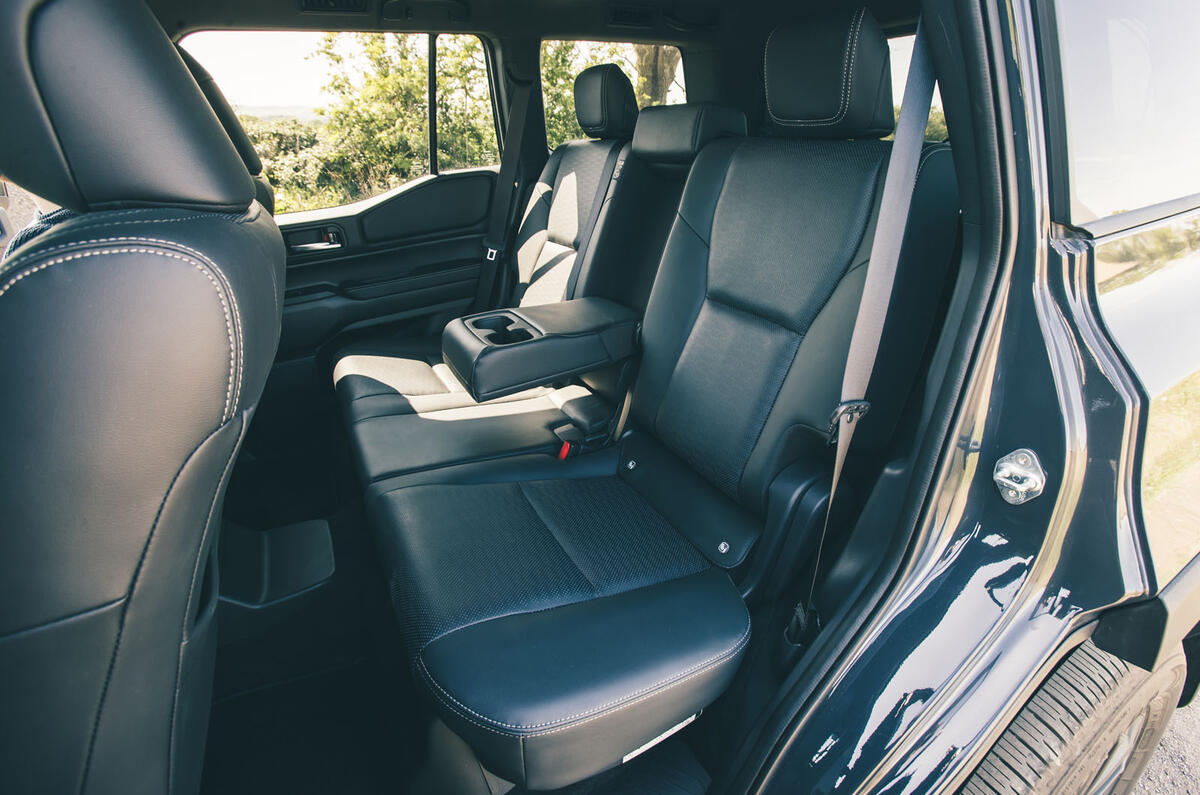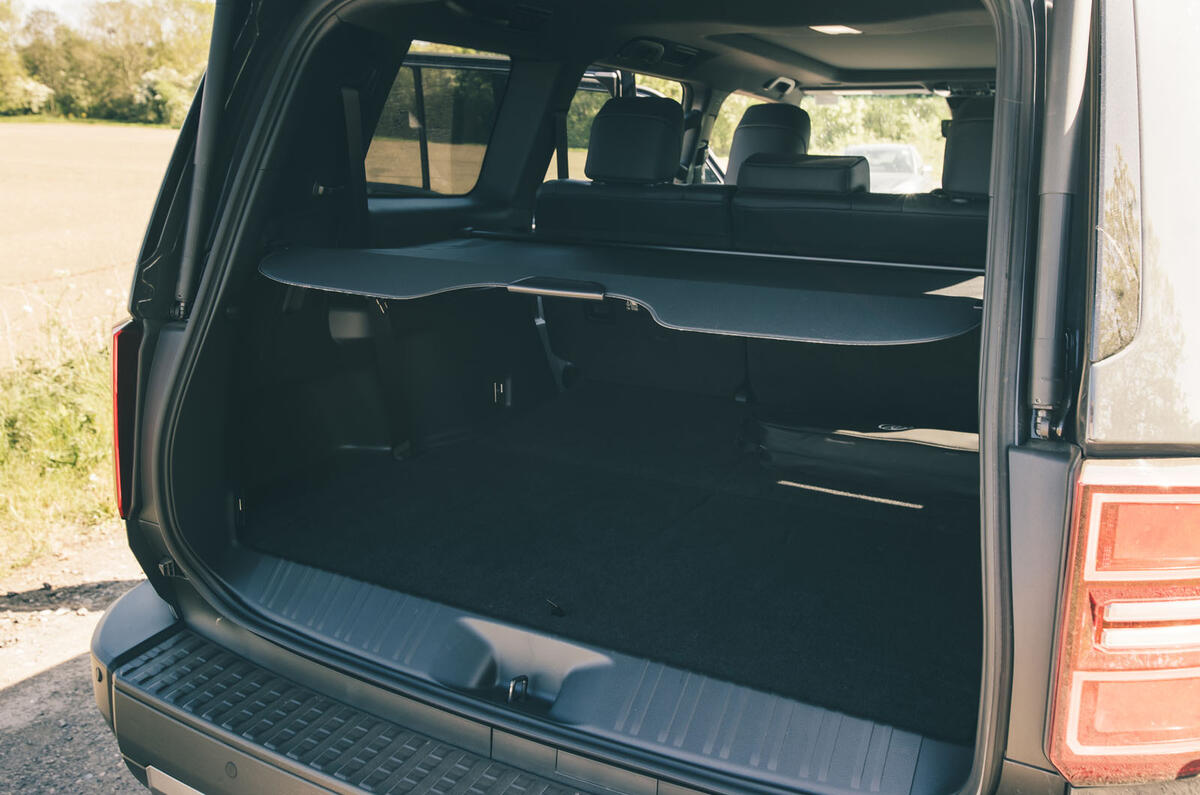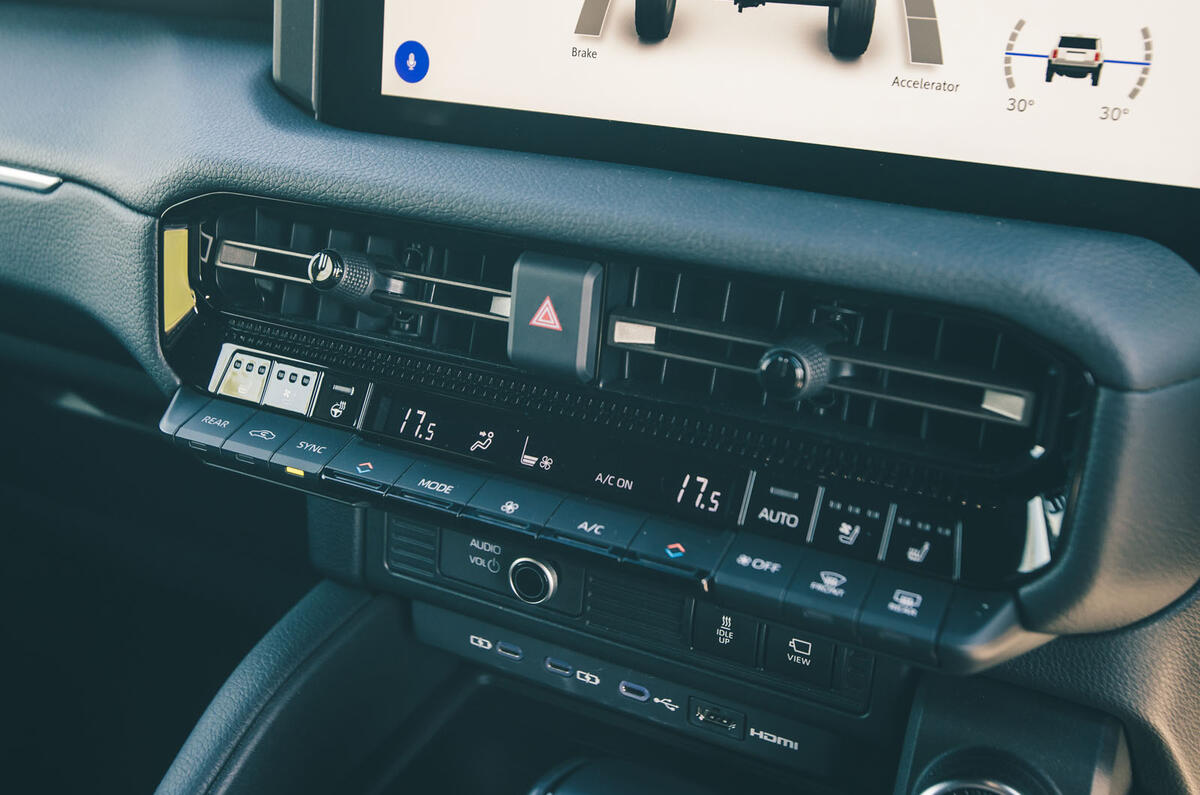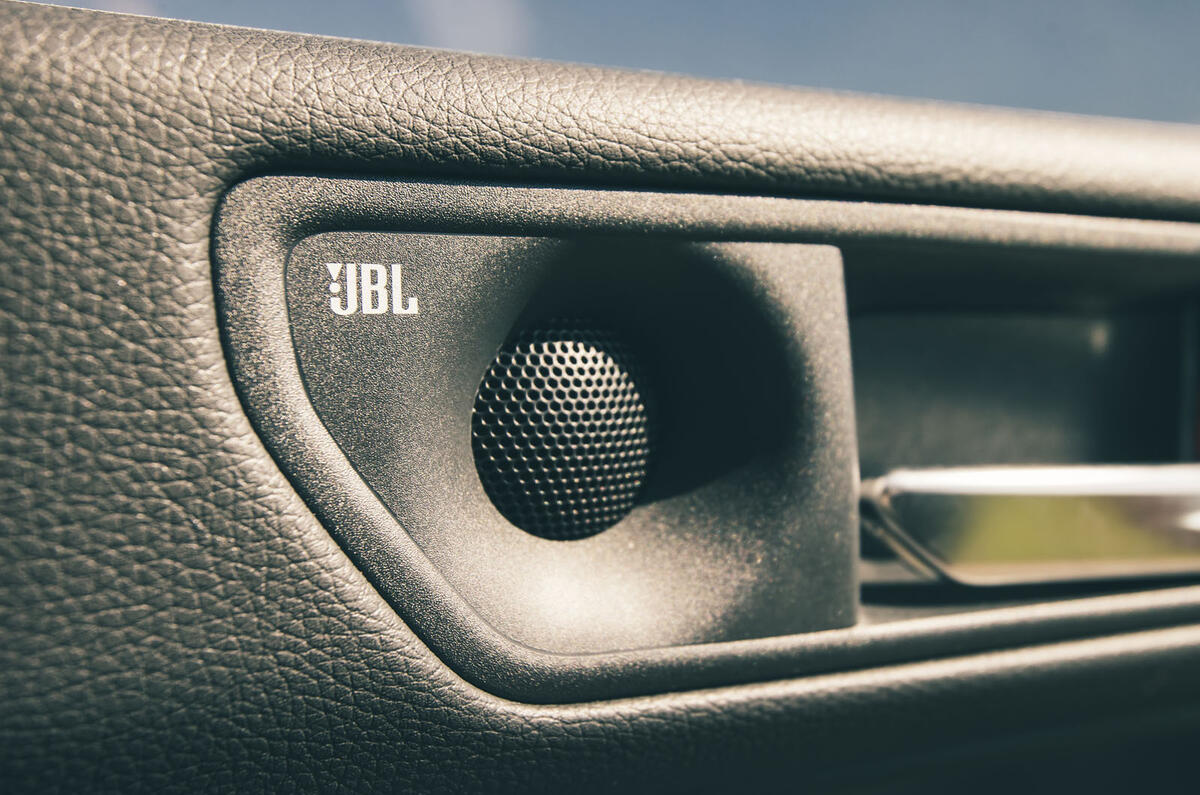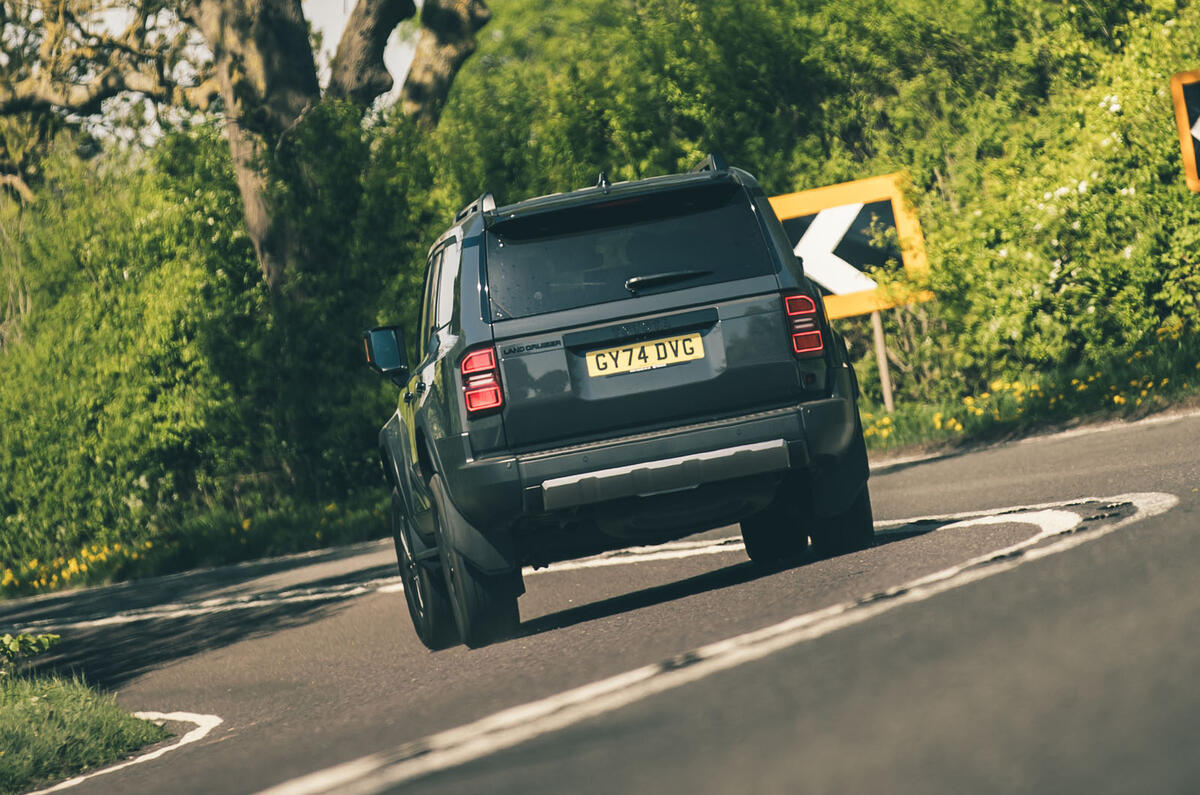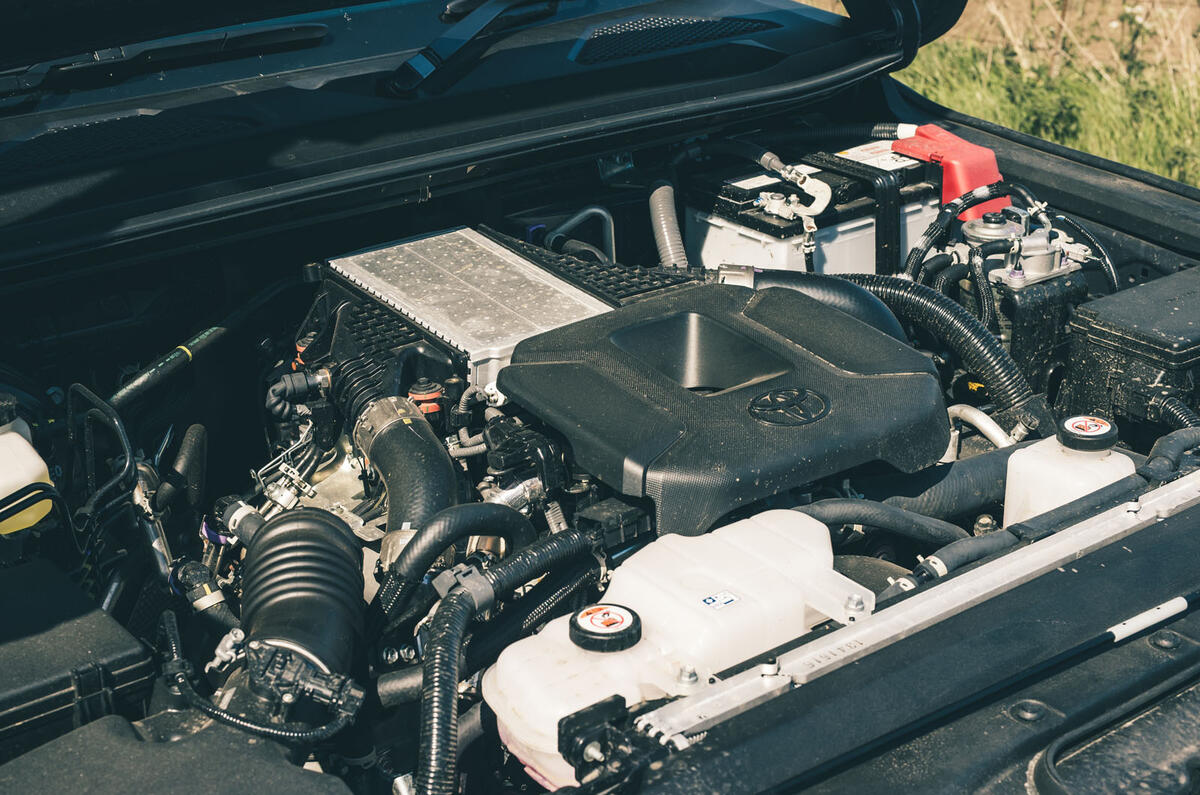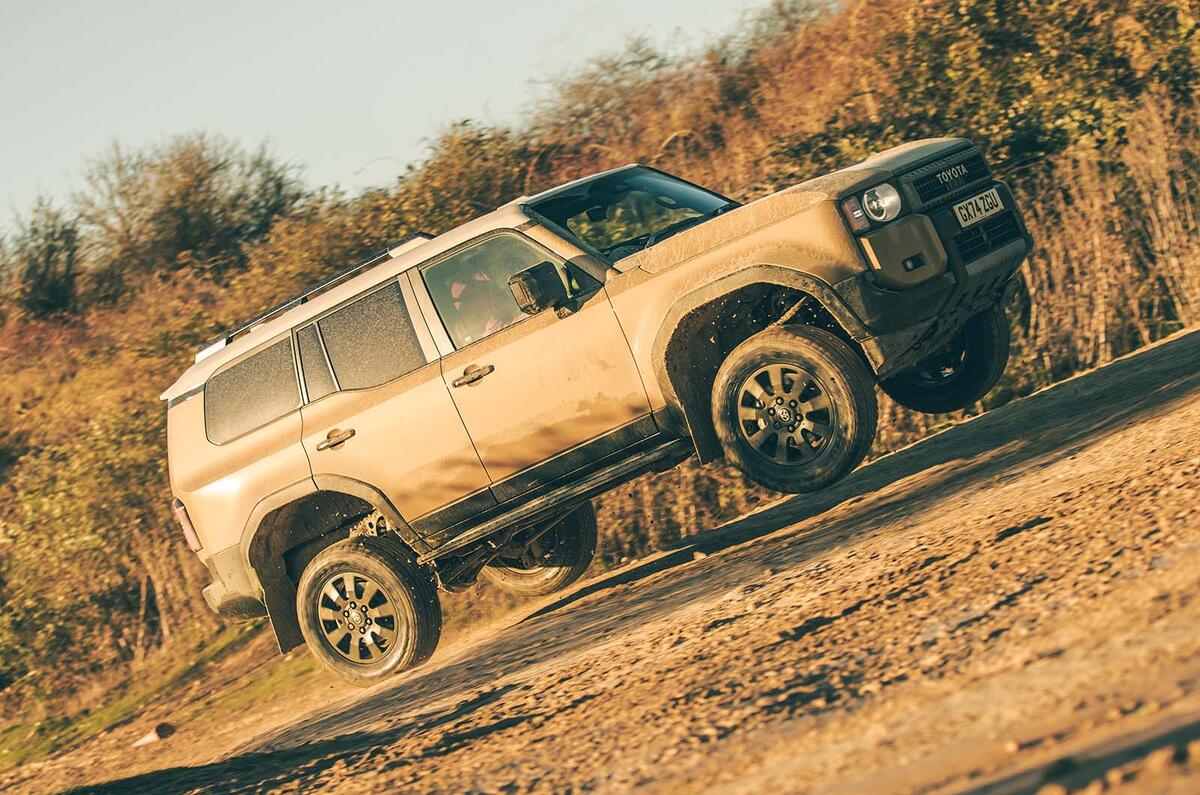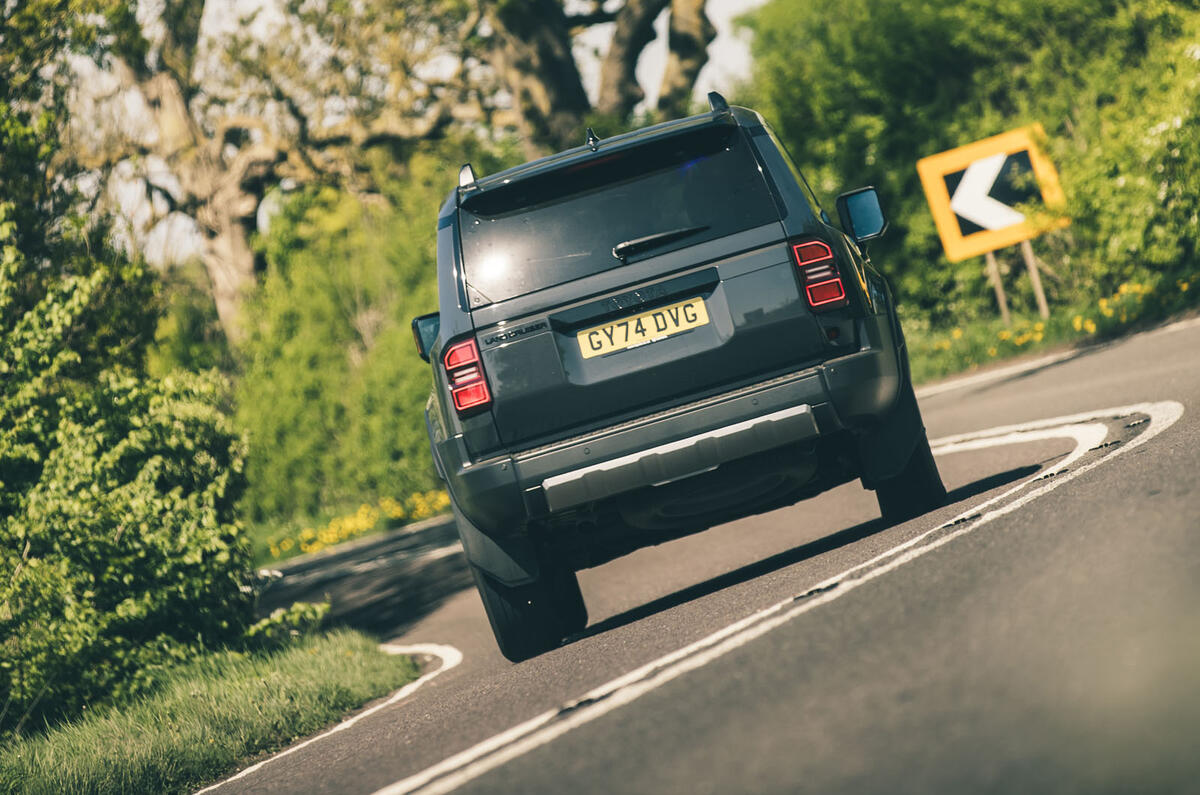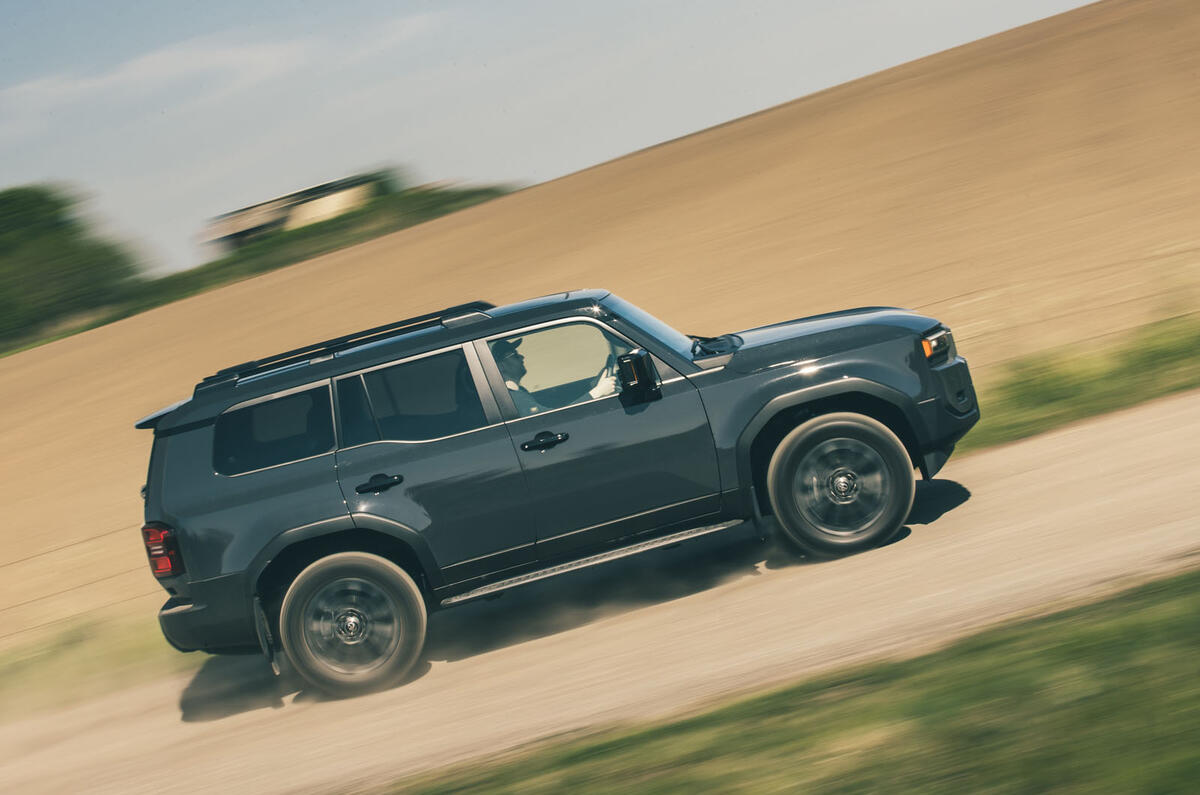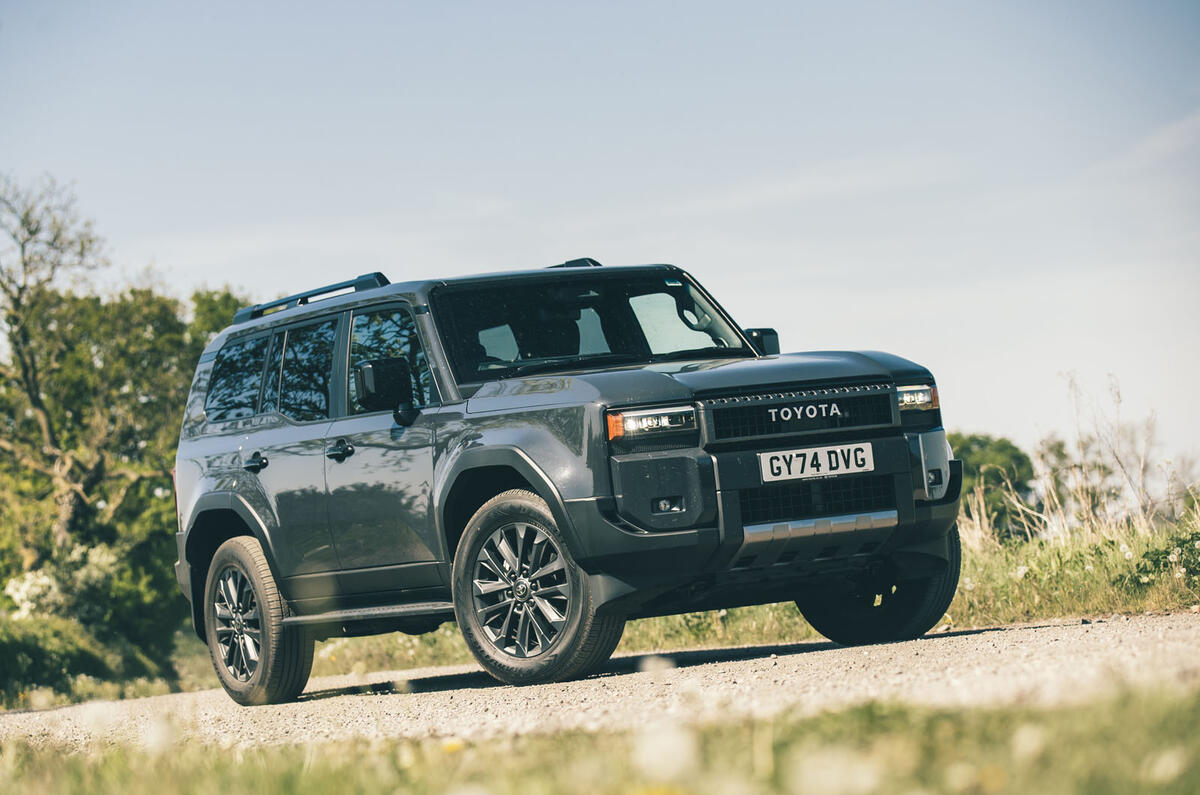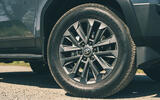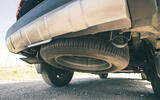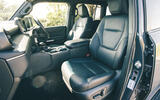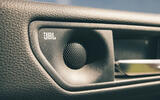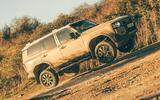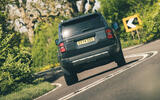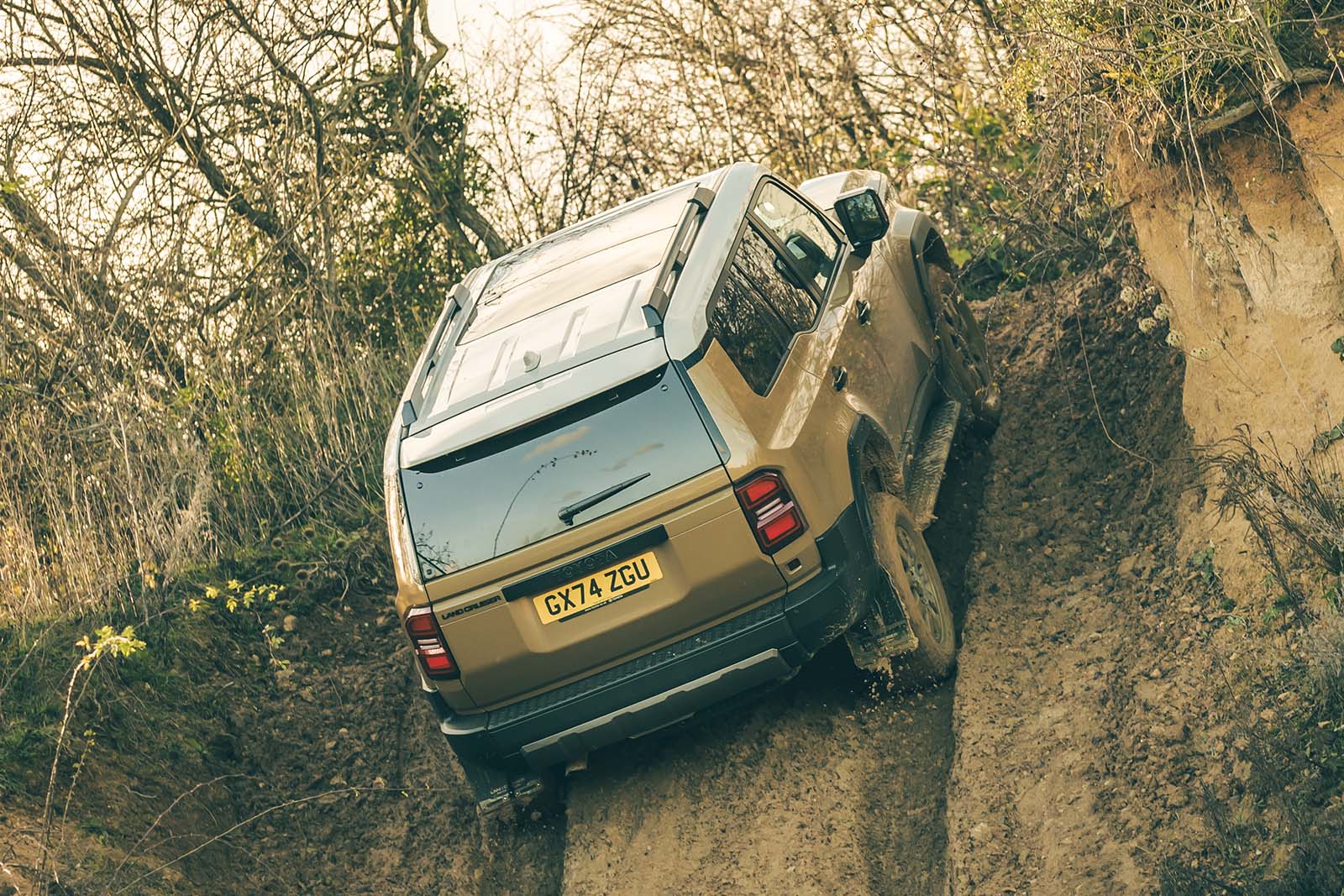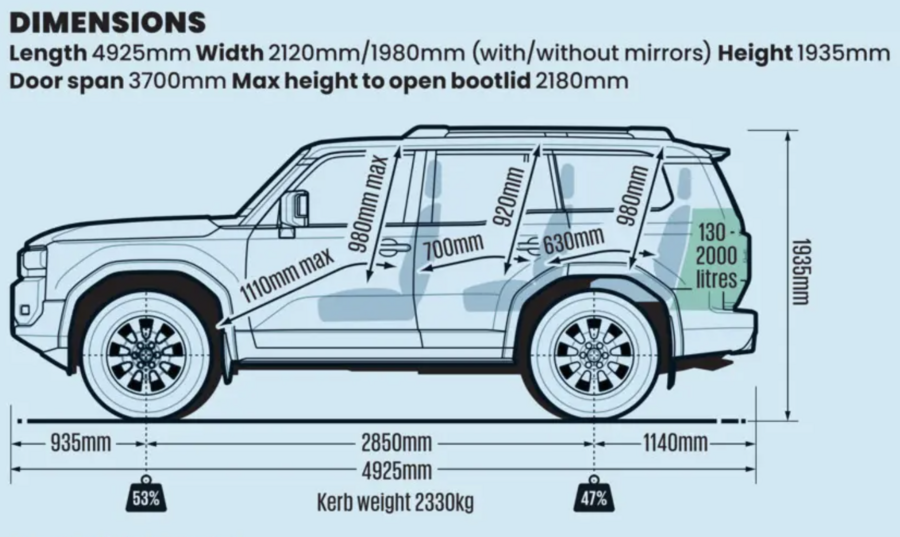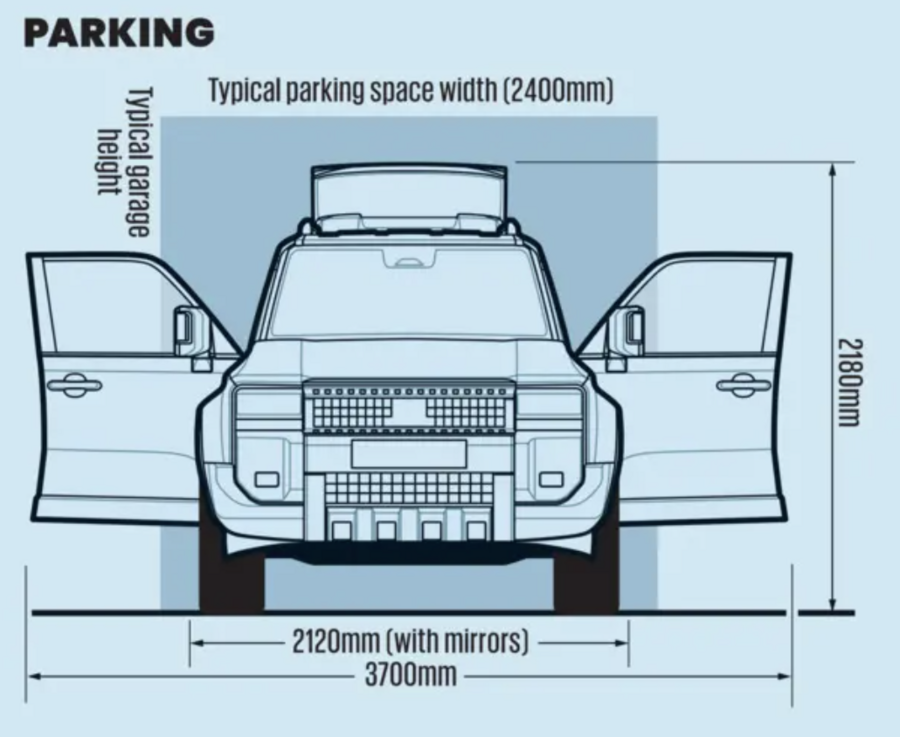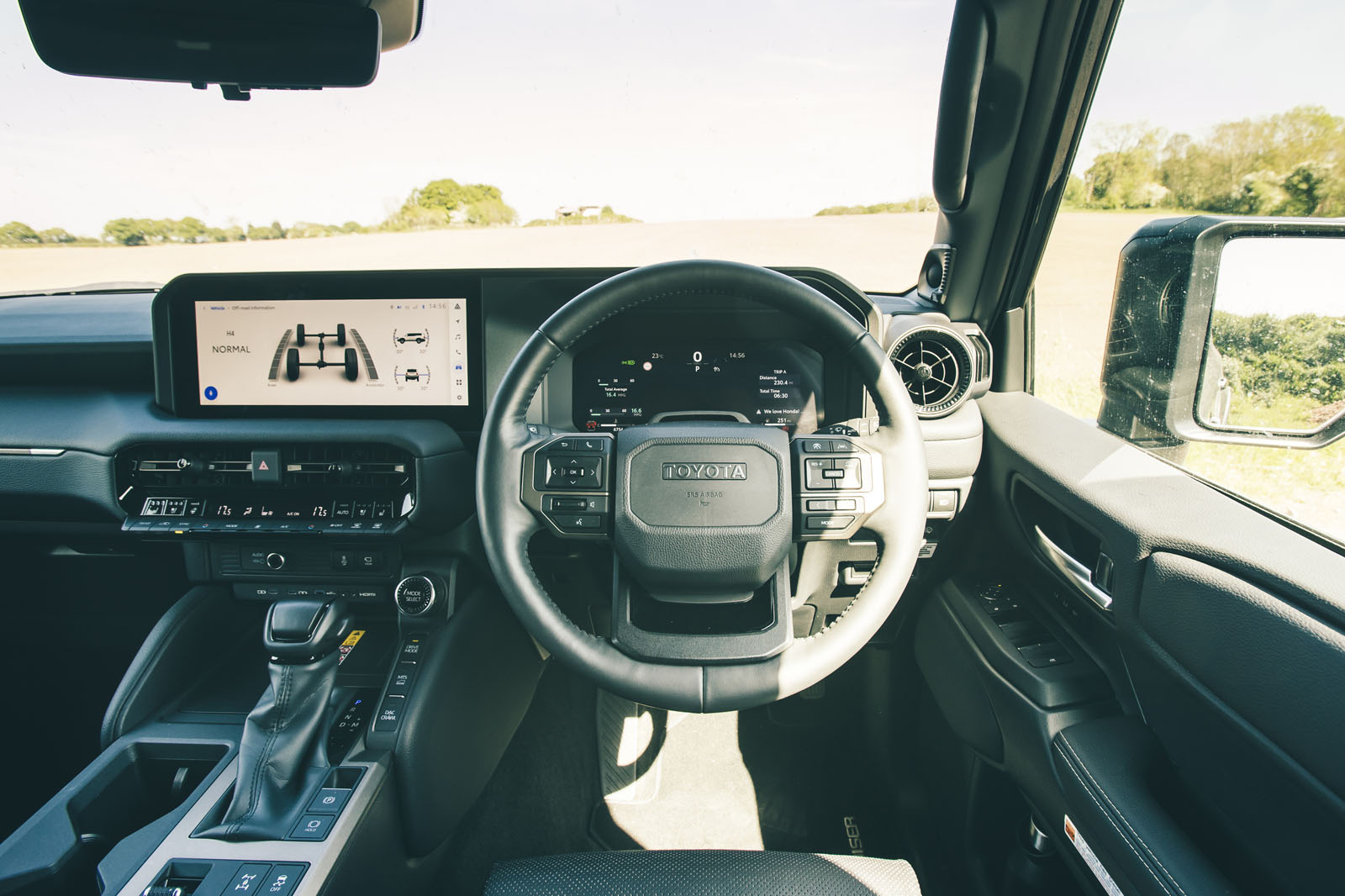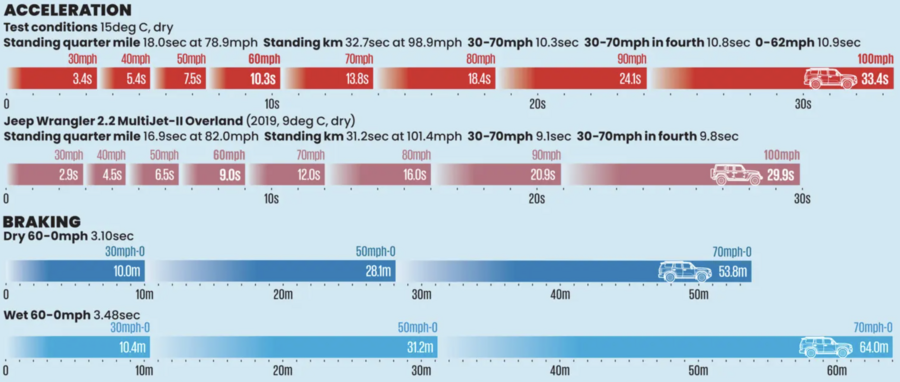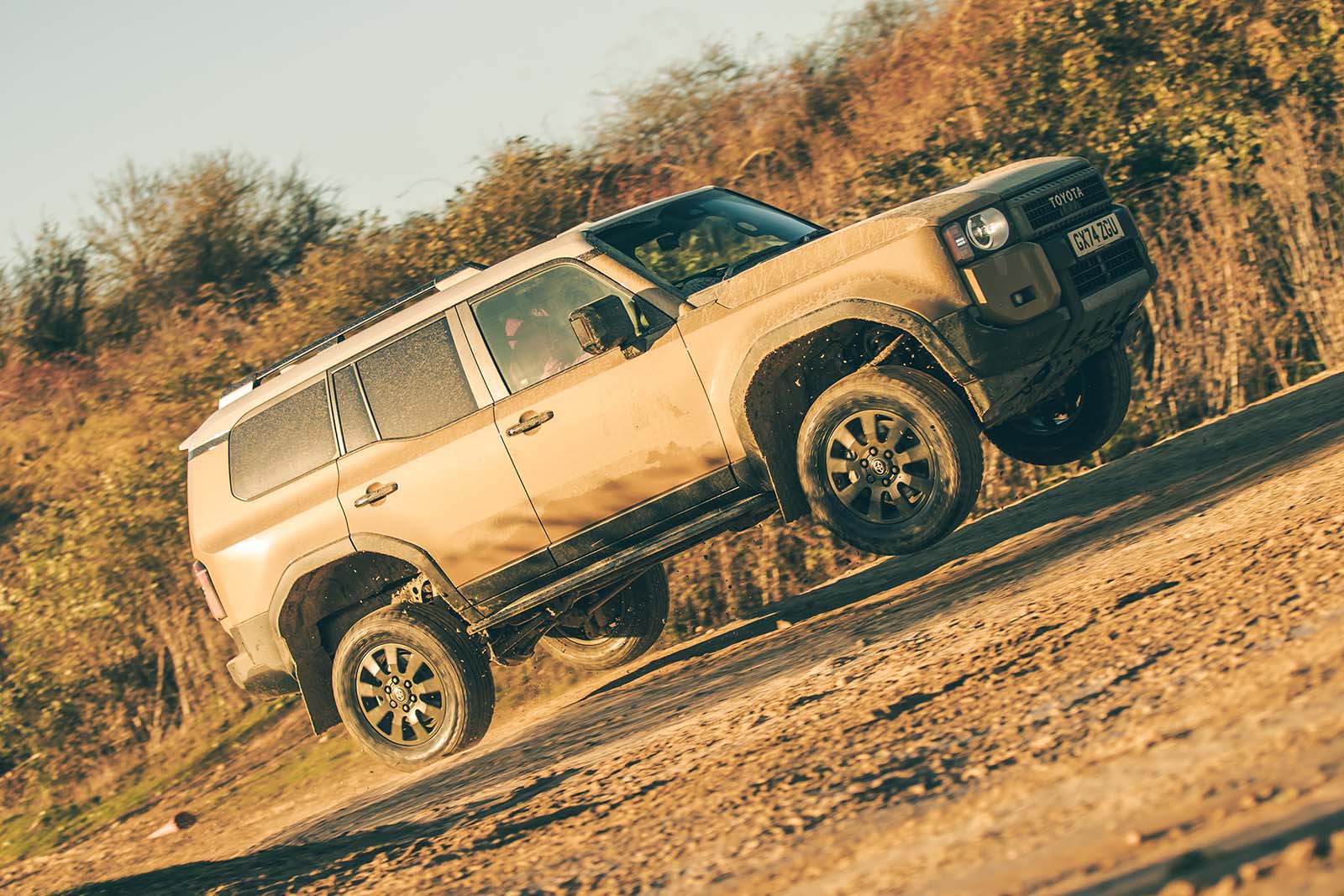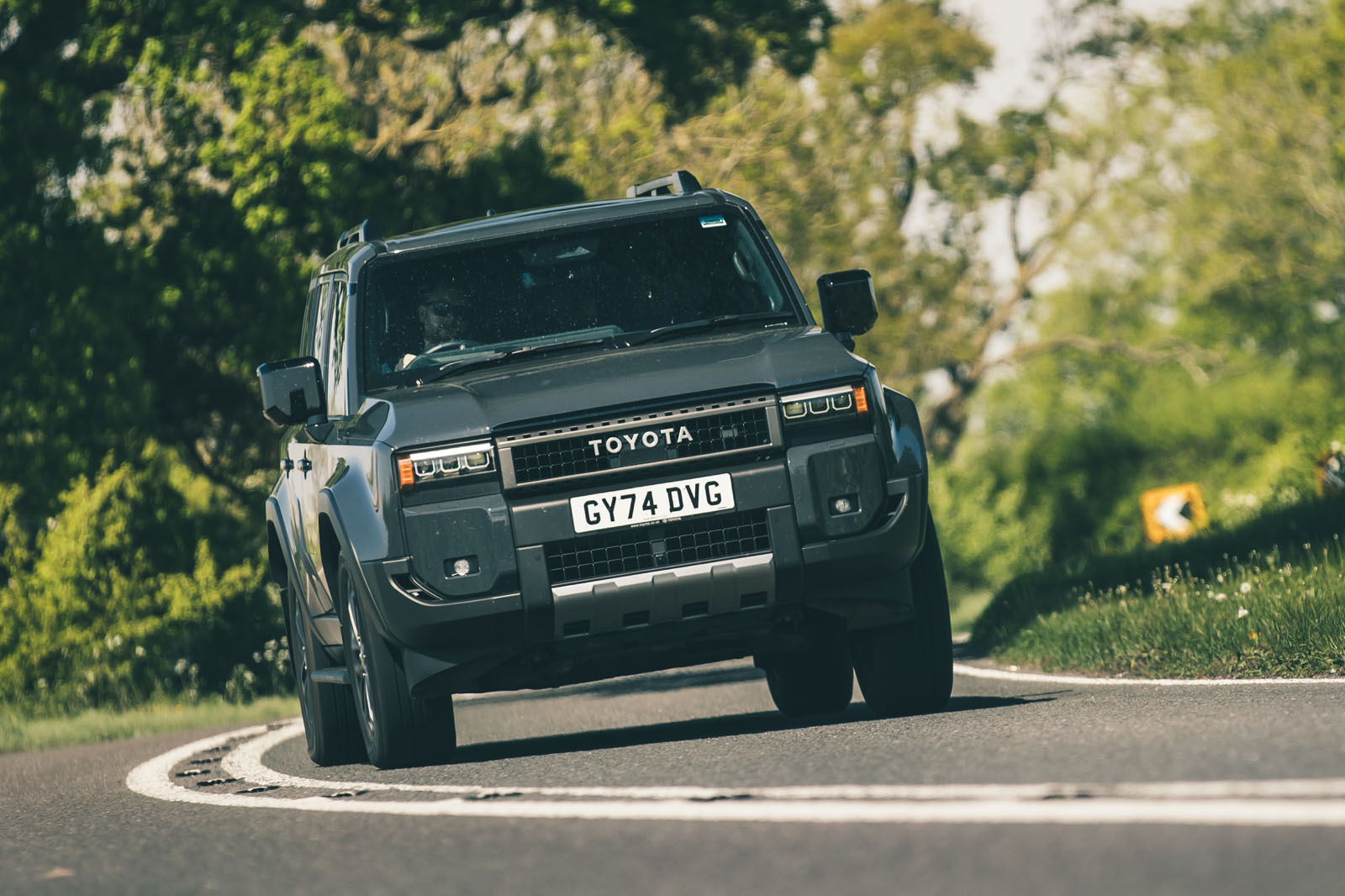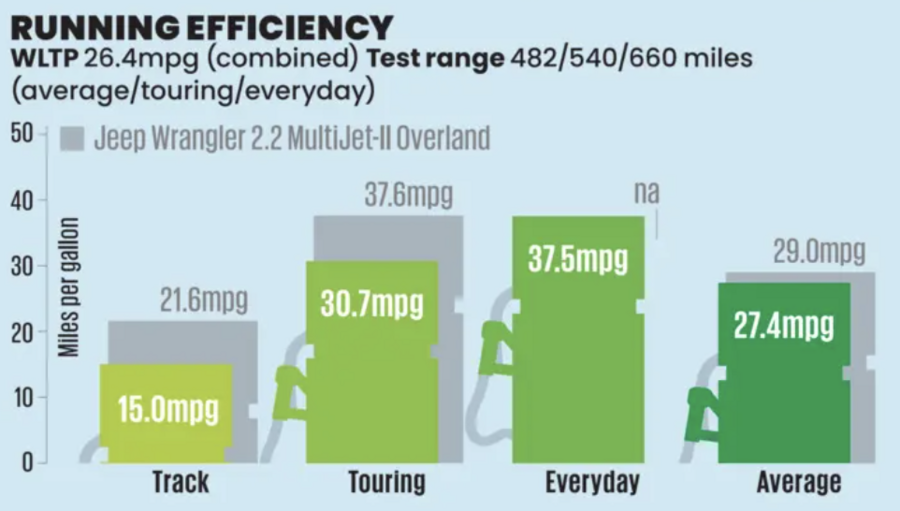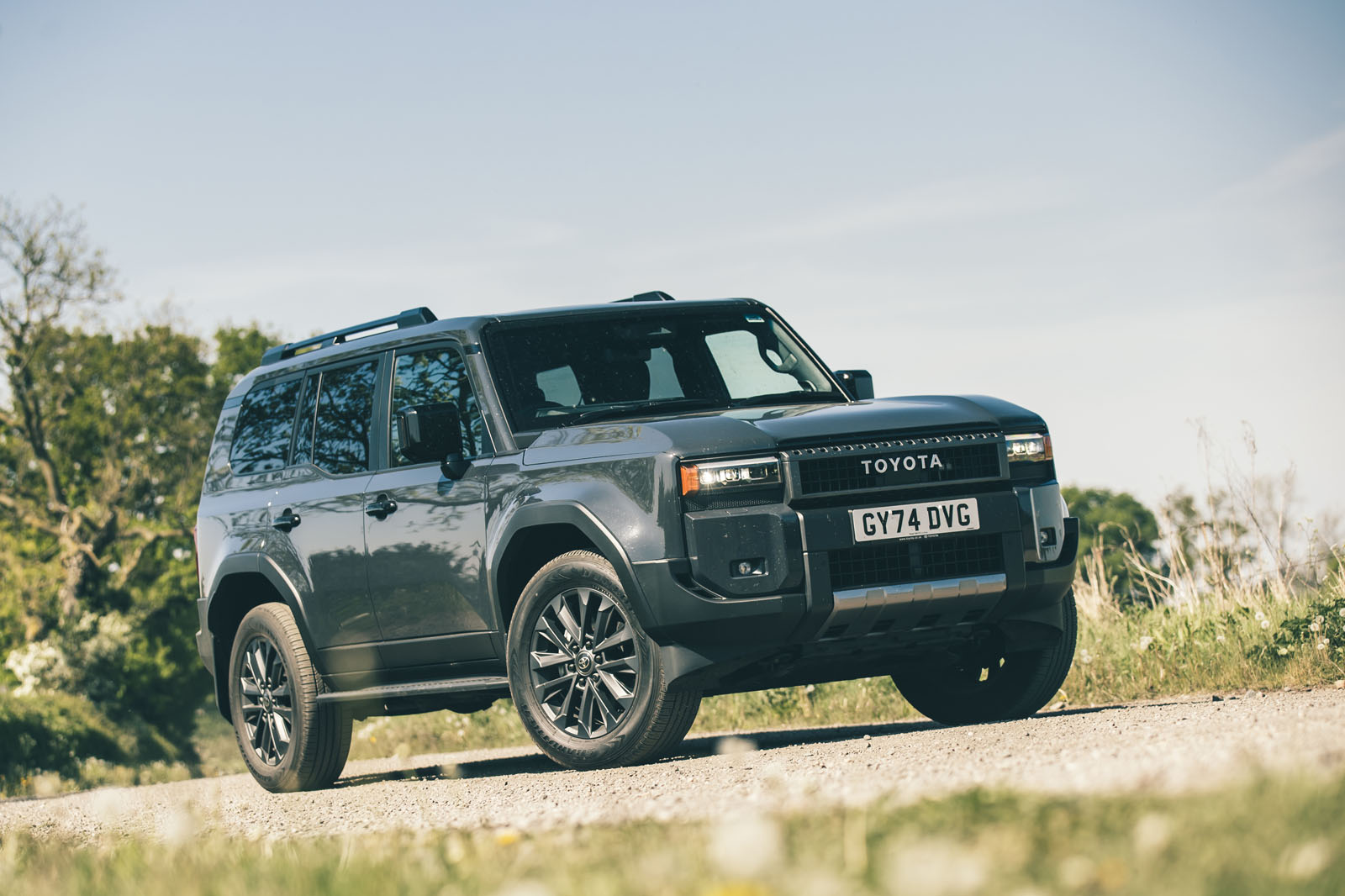Toyota Land Cruisers have an aura. It’s one earned from habitually being the wheels of choice for tough people in tough parts of the world, where dependability is all and salubrious alternatives aren’t considered. Because what’s worse when you’re in the back of beyond: a bit of scratchy plastic trim or electrical gremlins?
The challenge for Toyota now, and especially in Europe, is that people want it all. Since Land Rover reinvented the Defender and demonstrated that truly car-like road manners could be delivered with little to no compromise to off-road ability, and that an off-roader’s cabin can be both hard-wearing and a little luxurious, everyone else has had to rapidly up their game.
Jeep’s Wrangler now steers more accurately than ever and has a cabin of surprisingly high quality compared with what went before. Ford has had huge success with the V6-engined Ranger Raptor – an extra-fruity, extra-capable take on its extremely popular, utilitarian pick-up.
Meanwhile, in the time since the Land Cruiser was last meaningfully updated, an entirely new company has sprung up, offering the quintessential old-world Defender experience but with modern manufacturing to underpin it and juicy, BMW-sourced drivelines. You’ll know a lot about Ineos Automotive and its Grenadier by now, and that car will be of particular interest to would-be owners of the latest Land Cruiser. The two cost an almost identical amount, at just under £80k, and are billed as no-bull machinery.
So the new fifth-gen, ‘J250’ Land Cruiser enters a different world to that of its predecessor (which, if you can believe it, went on sale in 2009). As such, it’s quite a different car – one whose lauded design overhaul is the only visible part of some major revisions aimed at modernising the LC experience while retaining its raison d’être (fear not, the car still uses body-on-frame construction). Is the result worth celebrating? Is this still the chariot you would want in the Gibson Desert? Let’s find out.


